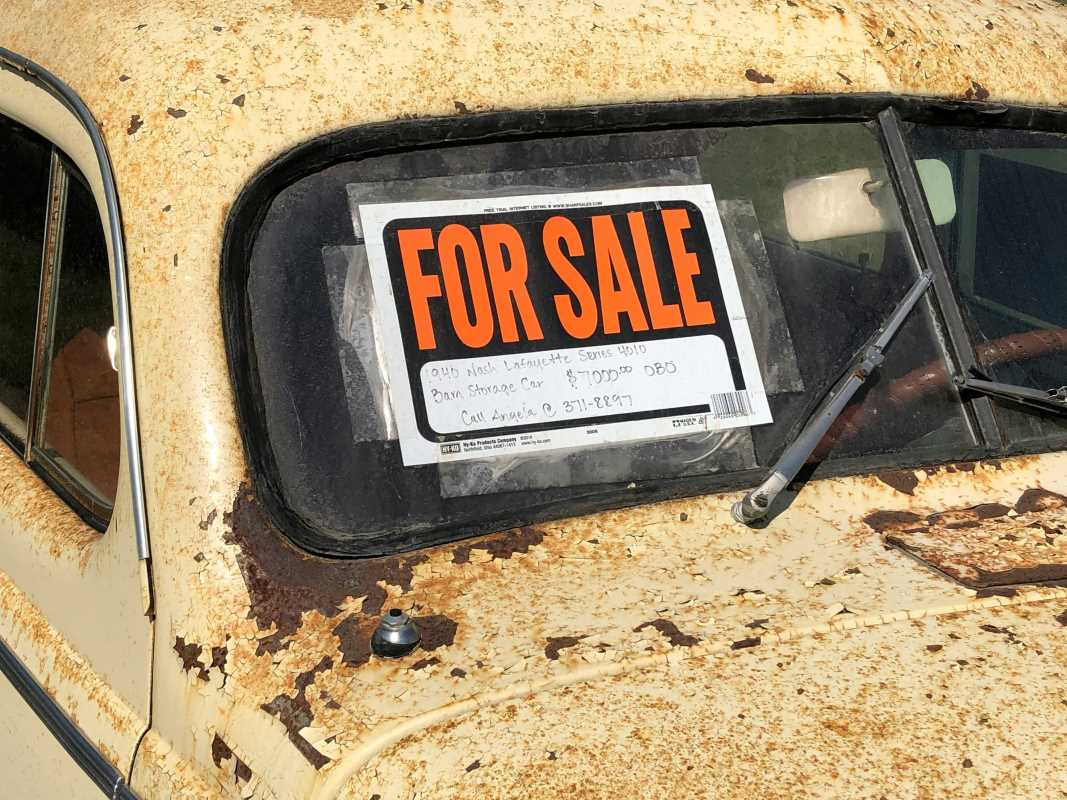Selling a car can be tricky enough. Add upgrades into the mix, and it can feel like navigating a labyrinth while blindfolded. You love the custom wheels, the snazzy sound system, or the lifted suspension, but how much will a buyer really pay for them?
Pinning down the value of those add-ons isn’t as straightforward as slapping a price tag on the car and calling it a day. But don’t worry; we’re here to make sense of it all and help you get paid for all the love you’ve poured into your ride.
Showcase Quality Over Quantity
Not all upgrades are created equal. Some add-ons carry the universal appeal of a warm cookie, while others may as well be anchovies on a pizza, not everybody’s taste. When pricing your car, it’s important to distinguish between upgrades that add real value and those that, ahem, don’t.
For example, high-quality upgrades like factory-approved performance enhancements, premium audio systems, or upgraded brakes tend to hold their value well. On the other hand, overly flashy or highly personalized mods might not be worth much to a new buyer. That neon-green wrap you adore? It might have them picturing weeks of awkward stares at the grocery store, not dollar signs.
The key is to highlight quality and functionality. Buyers are drawn to upgrades that improve the car’s practicality, comfort, or performance, especially if the parts you used come from trusted brands with a reputation for durability.
Calculate the Price of Your Add-Ons
Now that you’ve identified which upgrades hold value, you need to determine exactly how much value they add. Here’s the catch, though, even if you spent $5,000 installing a premium sound system, you likely won’t get $5,000 back during resale. Upgrades depreciate, just like the car itself.
Here’s a rough guide on how to think about pricing them:
- Performance-enhancing mods like a turbo kit, suspension upgrades, or larger brakes tend to retain around 30-50% of their original cost.
- Cosmetic changes, such as custom paint jobs or rims, usually hold less value, around 10-30% of what you paid.
- High-demand features like remote start systems, heated seats, or integrated navigation may retain 50% or more, as they’re seen as universally useful.
Gather receipts or documentation for all your upgrades. Buyers are more likely to pay a premium if you can prove the work was done professionally and with name-brand components. Sometimes, the peace of mind is just as valuable as the upgrades themselves.
Know Your Audience
The value of your upgrades will depend heavily on your target buyer. Sports car enthusiasts, off-road adventurers, and daily commuters all have very different priorities when shopping for a car. Understanding their perspective will help you emphasize the right features.
If you’re selling a rugged Jeep Wrangler with upgraded tires and a winch, an off-road enthusiast will probably drool over those mods. On the other hand, an upgraded exhaust on a hybrid sedan might make an eco-conscious buyer cringe more than it impresses.
Tailor your listing to appeal to the right audience. Use colorful, descriptive language to show how the upgrades elevate the car’s functionality or fun factor. For instance, “These all-terrain tires make mountain trails feel like a walk in the park” sounds a lot better than “tires upgraded.”
Create a Listing That Justifies the Value
The way you present your car and its upgrades can make or break a sale. Think of this as your moment to shine, to turn casual scrollers into serious buyers. A detailed, compelling listing not only shouts originality but also helps establish why your price reflects the car’s true value.
Write a thorough description of each major add-on and why it matters. Instead of just saying, “Upgraded sound system,” describe the experience it brings. “This premium sound system from Bose brings concert-quality sound to your daily commute. Every note, every lyric, crystal clear.”
Photographs also matter. Highlight close-ups of your car’s upgraded elements so potential buyers can clearly see what they’re paying for. Show everything, from the chrome rims catching the sunlight to the pristine leather seats you just reupholstered. When buyers can visualize the quality, they’re more likely to meet your asking price.
Analyze the Competition
Before deciding on how much to charge for your ride, take a good, long look at similar upgraded cars in the market. Research what private sellers and dealerships are asking for comparable vehicles. Platforms like Autotrader and Cars.com are goldmines for this kind of competitive analysis.
Are other sellers pricing their vehicles based on similar upgrades? How does your car stand out? Maybe your model has lower mileage, or your tune-ups included higher-quality parts. If you can reasonably frame your car as the best option within its category, you’re already ahead.
Don’t be afraid to slightly undercut the competition for a quicker sale, or, conversely, set your price higher if you’re confident the upgrades justify it. Just ensure your listing clearly communicates why that higher price is worth paying, ideally in a way that feels irresistible.
Use a Smart Pricing Strategy
When combining the car’s base value with your add-ons, it’s wise to aim for a realistic number rather than attaching sentimental value. Potential buyers don’t care how much blood, sweat, and tears went into wiring that subwoofer; they simply want to know whether it’s worth the money.
Start by identifying the car’s standard market rate. Then, add a fair percentage of the upgrade costs based on their depreciation rates. For instance, if your upgraded exhaust is worth about $500 post-depreciation, tack that onto the base price. But keep a buffer zone for negotiation, because haggling often comes with the territory.
If you’re unsure, many tools can do the math for you. Services like Kelley Blue Book or NADA Guides sometimes allow you to factor in add-ons for a more precise valuation.
Give Buyers Peace of Mind
One of the biggest reservations buyers have when encountering a highly modified car is concern over reliability. Did you actually improve the car’s performance, or did you mess with something that might lead to unexpected repairs? To counter this hesitation, offer transparency.
If you’ve got the receipts, warranties, or records from a professional shop, flaunt them. Talk about how the add-ons were installed and how they benefit the car rather than harm it. Trust is a valuable currency in the resale world, and even the most skeptical buyer can be reassured with enough proof of quality.
You might also consider getting a pre-sale inspection from a trusted mechanic. A clean bill of health for your vehicle, upgrades included, can go a long way toward instilling confidence in your buyer.
Know When to Include Add-Ons
Sometimes, you’ll get more value by selling top-tier extras separately. For example, if you’re parting with a car that has upgraded wheels and premium speakers, but the buyer doesn’t care about those features, it might make sense to remove them and sell them independently.
Selling the upgrades separately maximizes your return on investment and allows you to appeal to a wider audience who might prefer the car in its most standard form. However, it depends on the nature of the add-ons and whether removing them is feasible without much effort.
Seal the Deal with Confidence
At the end of the day, selling a car with upgrades is all about striking the right balance between practicality and persuasion. Highlight your car’s unique appeal, but don’t overhype it. Set a fair price, but be prepared to adjust for the right buyer.
Keep everything aboveboard, from your receipts to your responses, and you’ll attract buyers who value the effort you’ve put into your vehicle. With all bases covered, you’ll be driving away from the negotiations feeling proud of the deal you’ve made.
 (Image via
(Image via





